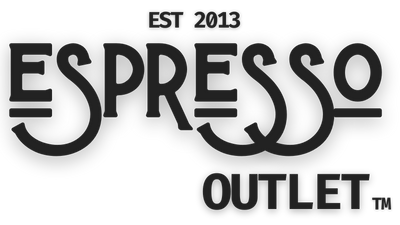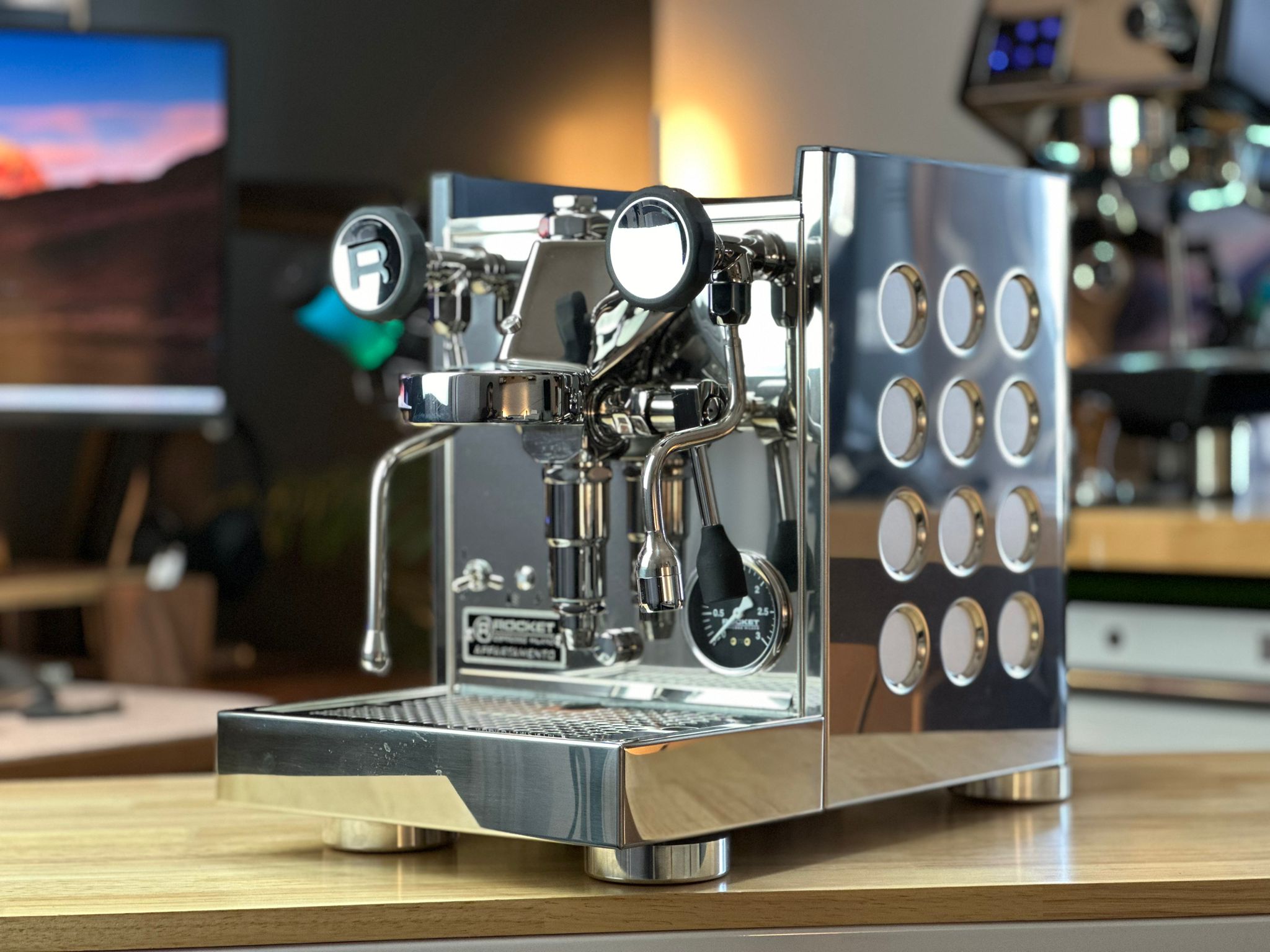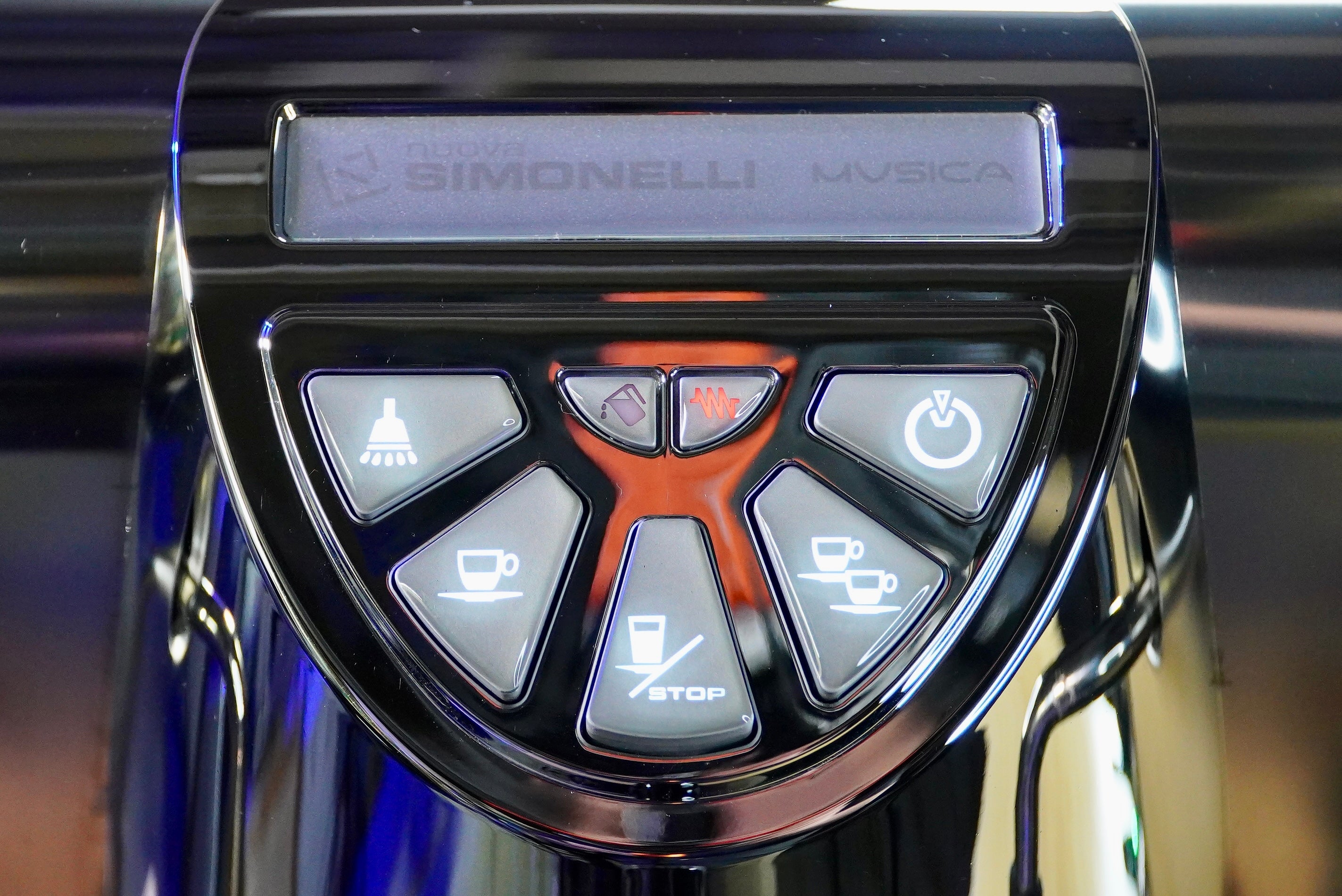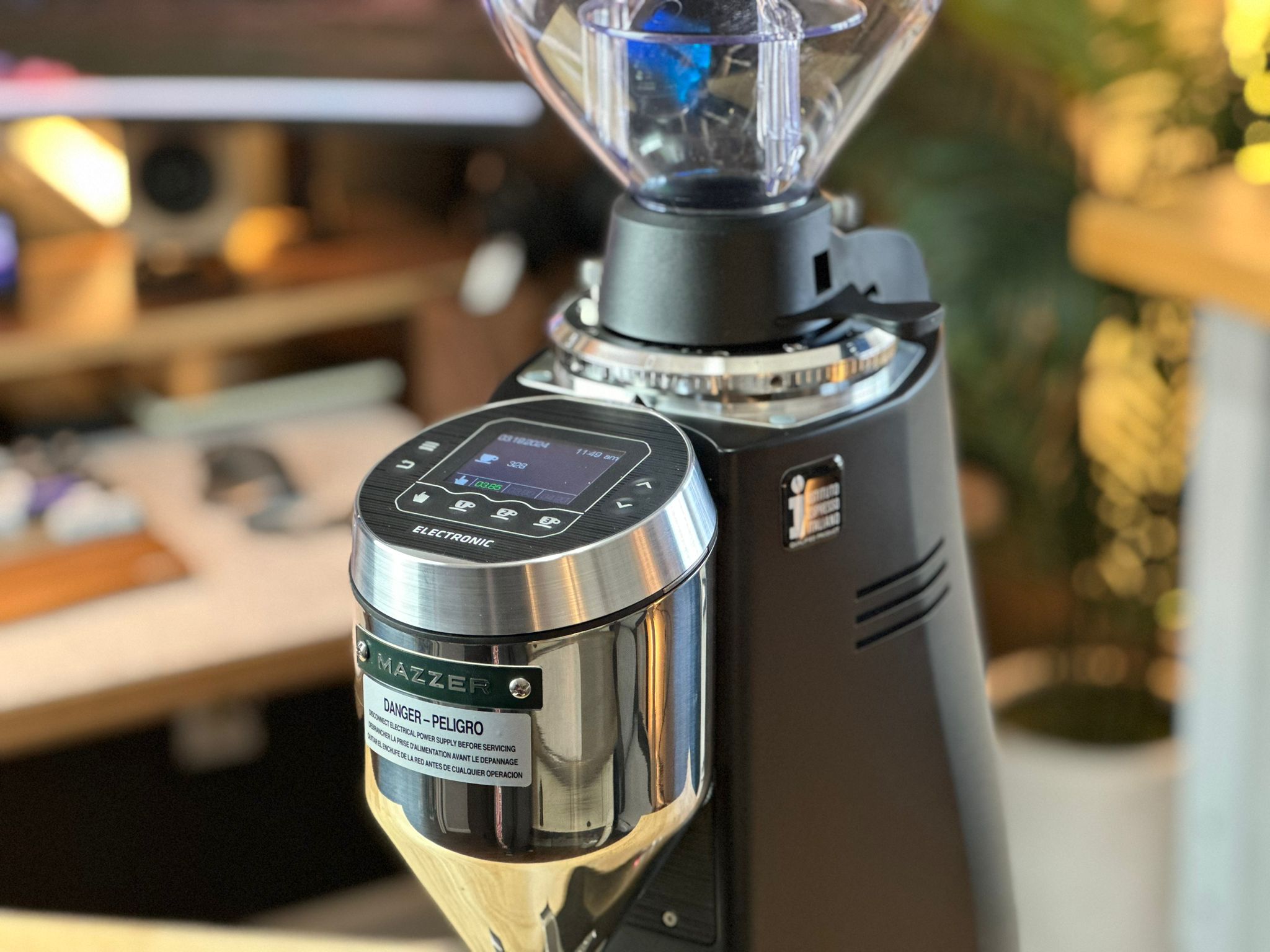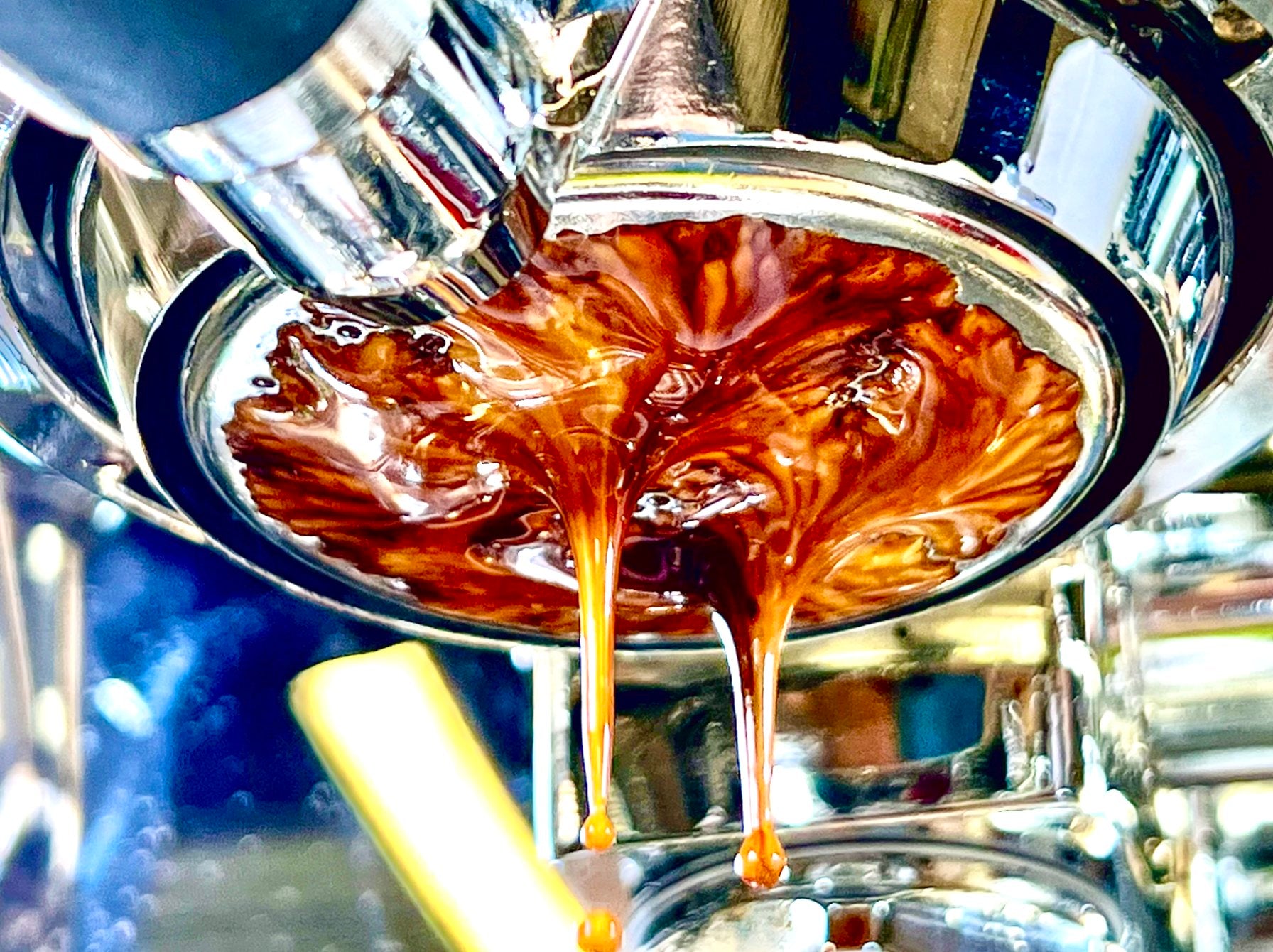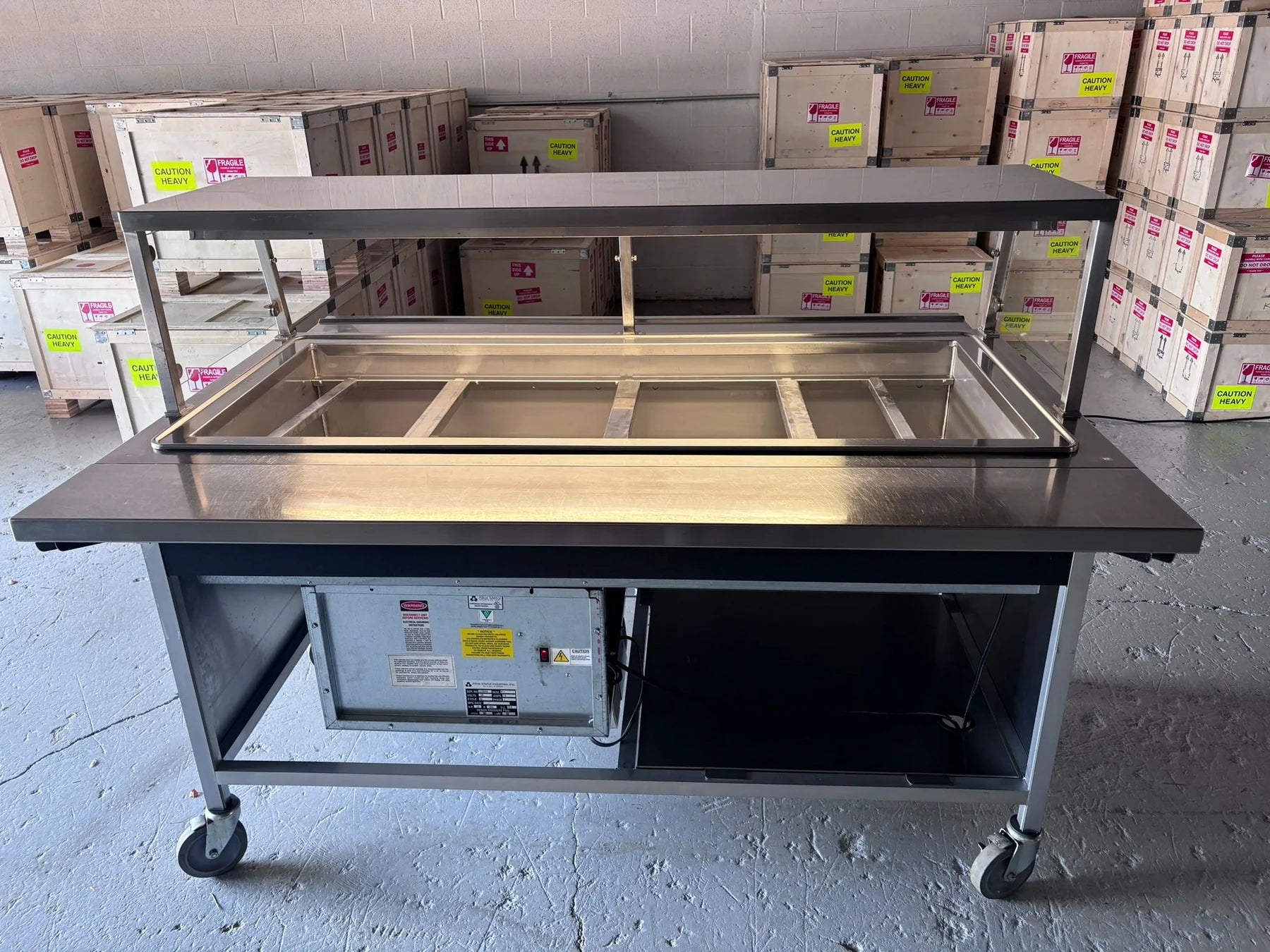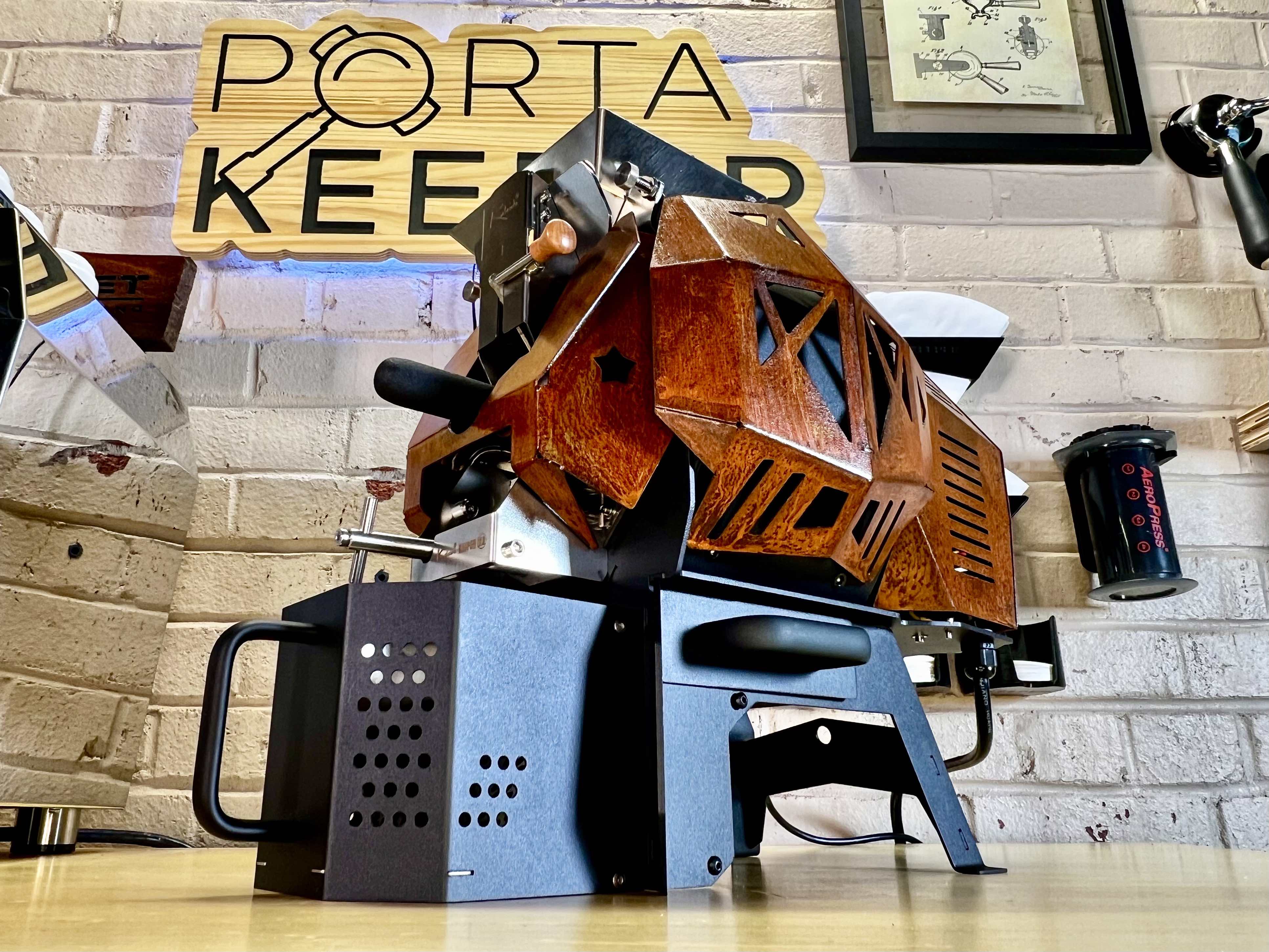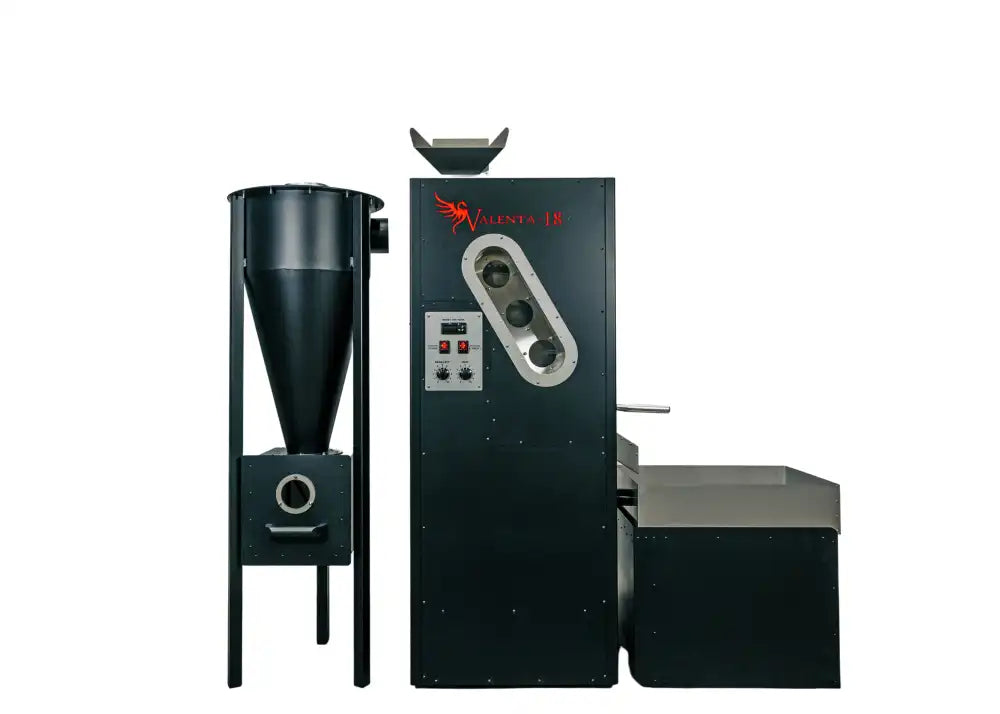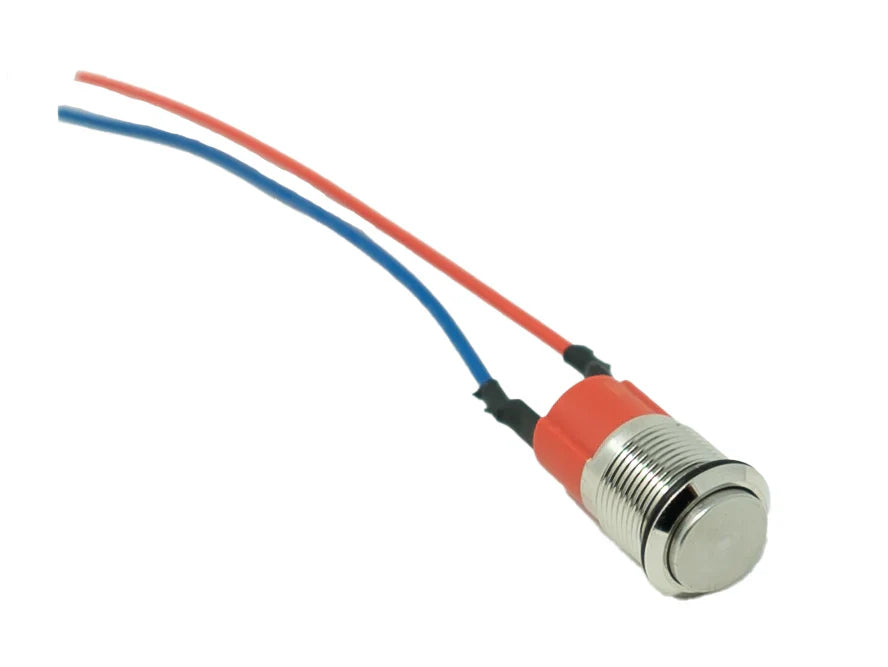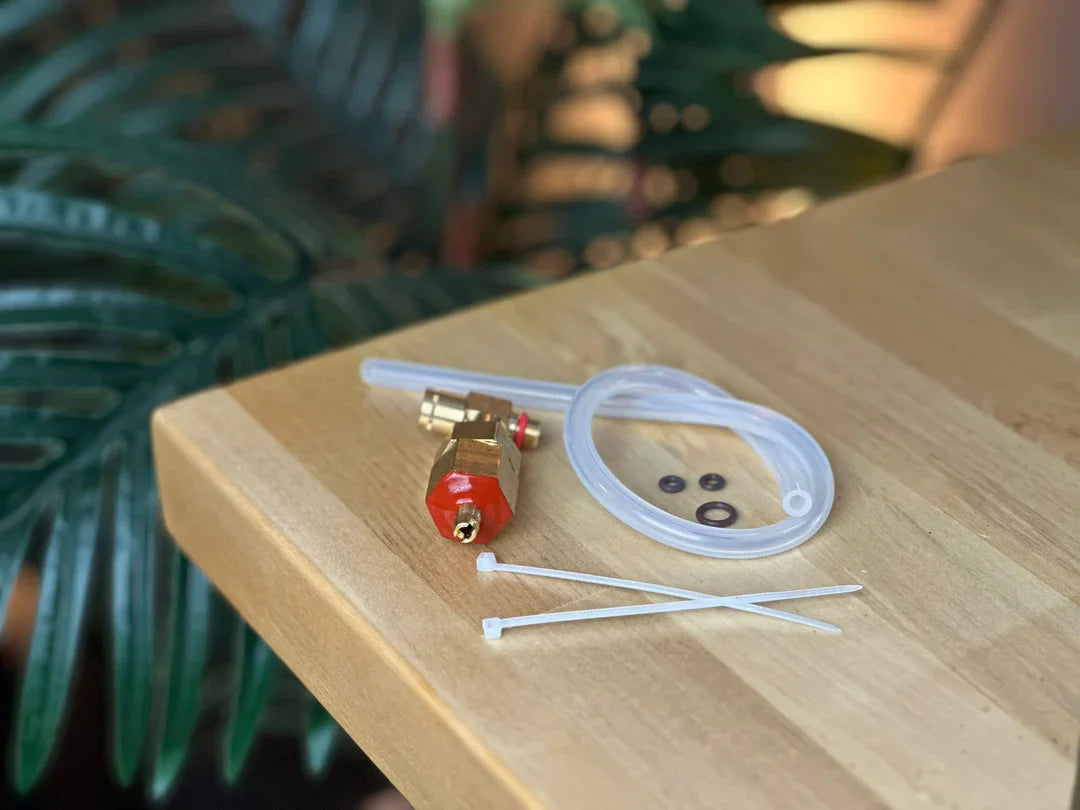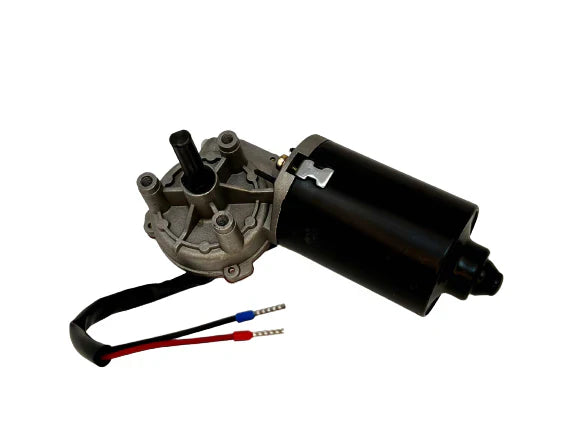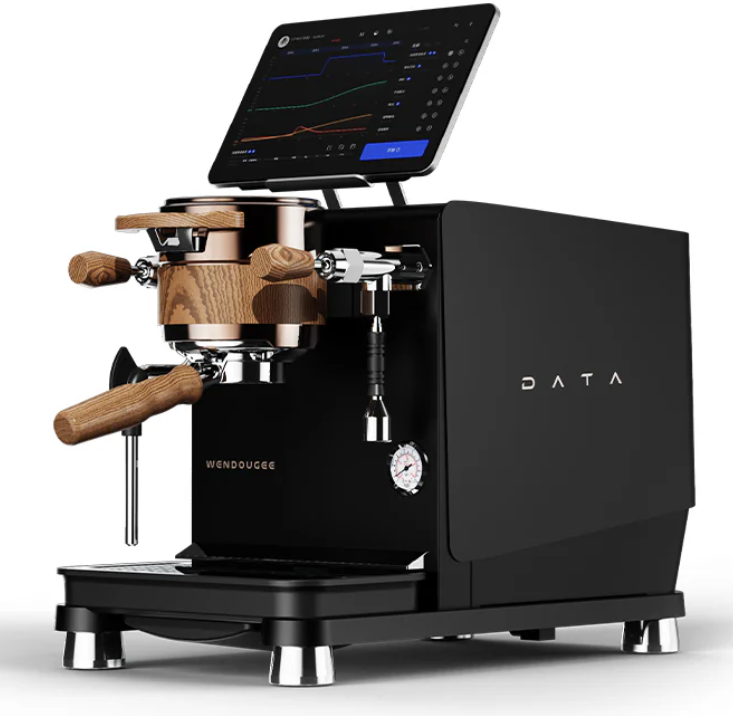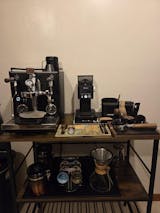How to Dial In Espresso?
Dialing in espresso is the process of adjusting various factors—grind size, dose, extraction time, and brew ratio—to achieve the perfect balance of flavor, strength, and extraction for a particular coffee. It’s a crucial step in making great espresso, as small changes in any of these variables can drastically affect the taste of your shot. Here's a detailed guide on how to dial in espresso, including step-by-step instructions, tips, and troubleshooting advice.
Key Variables in Dialing In Espresso
Before diving into the steps, it's important to understand the key variables that influence the outcome of your espresso shot:
- Grind Size: Finer grind sizes slow down the extraction process, while coarser grinds speed it up. Espresso generally requires a very fine grind.
- Dose: This refers to the amount of ground coffee used, typically measured in grams. Most espresso shots use between 16-20 grams of coffee.
- Brew Ratio: The ratio of coffee grounds to liquid espresso. A common ratio for espresso is 1:2, meaning for every gram of coffee, you extract two grams of liquid espresso. For example, 18 grams of coffee would produce 36 grams of espresso.
- Extraction Time: The time it takes for the espresso to brew, typically between 25-30 seconds. Too short or too long extraction times can indicate under-extraction or over-extraction.
- Tamp Pressure: The force applied when compressing the coffee grounds in the portafilter. It’s important to tamp evenly, though most modern techniques focus on consistency rather than a specific force.
Step-by-Step Guide to Dialing In Espresso
Step 1: Set a Starting Point
Before making adjustments, choose a starting point based on standard guidelines:
- Grind Size: Start with a fine grind, similar to table salt.
- Dose: Weigh your coffee beans and use 18 grams as a good starting dose for a double shot.
- Brew Ratio: Use a standard 1:2 brew ratio. For 18 grams of coffee, aim for 36 grams of liquid espresso.
- Extraction Time: Target an extraction time between 25-30 seconds.
Step 2: Prepare the Espresso Machine
- Preheat the machine: Ensure your machine is fully heated, including the group head and portafilter.
- Purge the group head to flush out any old water.
- Preheat the portafilter by locking it into the group head and running water through it to ensure consistent temperature.
Step 3: Grind and Dose the Coffee
- Weigh out your beans, aiming for 18 grams (or the dose you’ve decided).
- Grind the coffee using a burr grinder. Be sure to use a fine grind.
- Weigh the grounds again after grinding to confirm you have the correct dose.
Step 4: Tamp the Coffee
- Distribute the coffee grounds evenly in the portafilter using a distribution tool or simply by tapping the portafilter to level the grounds.
- Tamp with consistent pressure, making sure the surface of the coffee is flat and even. The key here is to tamp consistently; the actual force applied (typically around 30 lbs of pressure) matters less than ensuring it’s even.
Step 5: Brew the Espresso
- Lock the portafilter into the group head and start the extraction.
- Begin your timer as soon as you start the brew.
- Aim for an extraction time between 25-30 seconds for a double shot. Stop the extraction when you reach 36 grams of liquid espresso (or your chosen brew ratio).
Step 6: Taste and Evaluate
Once you’ve brewed your shot, taste the espresso and evaluate it based on the following criteria:
- Under-extracted (sour, acidic, watery): This means not enough solubles were extracted from the coffee grounds.
- Over-extracted (bitter, dry, overly strong): This means too much was extracted from the coffee grounds.
- Balanced (sweet, rich, complex): A well-balanced shot should have sweetness, some acidity, and minimal bitterness.
Step 7: Make Adjustments
After tasting the shot and analyzing the results, you may need to adjust one or more variables:
-
If the shot was too sour (under-extracted):
- Grind finer to slow down the extraction, allowing more solubles to be extracted.
- Increase the dose slightly to pack more coffee into the portafilter, which will increase resistance.
- Increase extraction time by adjusting your grind or dose.
-
If the shot was too bitter (over-extracted):
- Grind coarser to speed up the extraction, preventing the water from over-extracting bitter compounds.
- Reduce the dose slightly to allow the water to flow through more easily.
- Reduce extraction time by adjusting the grind or dose.
Step 8: Repeat the Process
Dialing in espresso requires patience and repetition. After making your adjustments, brew another shot and repeat the process until you reach the desired flavor profile. Continue tweaking the variables until you achieve a balanced extraction with the right combination of sweetness, acidity, and bitterness.
Troubleshooting Common Issues
-
Shot too fast (under 20 seconds): This indicates under-extraction, where the water passed through the coffee too quickly.
- Solution: Make the grind finer to increase resistance or increase the dose slightly.
-
Shot too slow (over 35 seconds): This indicates over-extraction, where the water passed through the coffee too slowly.
- Solution: Coarsen the grind or reduce the dose.
-
Too little espresso yield: If the final liquid weight is less than expected (e.g., less than 36 grams for a 1:2 ratio), it could indicate over-extraction.
- Solution: Adjust the grind size to make it coarser or check if you tamped too hard.
-
Too much espresso yield: If you end up with too much liquid, the water likely passed through too quickly.
- Solution: Make the grind finer or adjust the brew ratio.
Importance of Freshly Ground Coffee and a Good Grinder
A high-quality burr grinder is essential for dialing in espresso, as the grind size is one of the most critical factors in achieving a balanced shot. Consistency in grind size ensures even extraction, which is key to making good espresso. Burr grinders, especially those like the Turin DF64 Gen 2 or similar, offer precise control over grind size and ensure uniform particles, allowing you to make fine adjustments when dialing in espresso.
- Freshly ground coffee is also important. Coffee starts to lose flavor shortly after being ground, so grinding fresh beans just before brewing will give you the best possible flavor.
Conclusion: Mastering the Dialing In Process
Dialing in espresso is a practice of precision, patience, and experimentation. By controlling the grind size, dose, extraction time, and brew ratio, and using consistent tamping techniques, you can fine-tune your espresso shot to achieve the ideal balance of sweetness, acidity, and bitterness. It may take several attempts to perfect, but the reward is a consistently delicious espresso that highlights the best qualities of your coffee beans.
